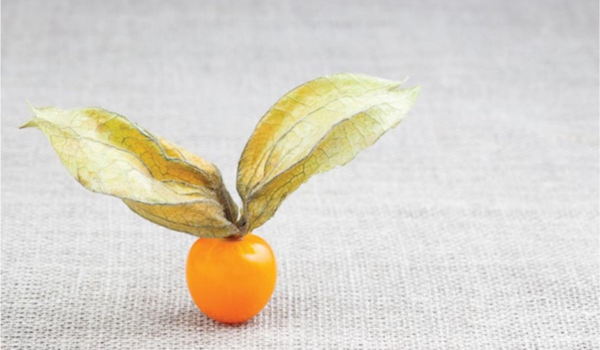
Irish Eye Candy
To celebrate Irish textiles in the light of St Patrick's day last weekend, we look back to Selvedge issue 75, when Siobhán Corrigan took us on a journey through Irish textiles...

Stories matter: they loop into the dialogue between object and place. A yarn is both a thread and a story. Run a piece of Donegal tweed between your fingers or smell the lanolin that lingers in an Irish hand-knit sweater and you can feel the history within the fabric. But new stories are also told. Many Irish makers and family-run companies connect to the past, renewing and reinventing traditions to make contemporary design-led textiles that still remember the old yarns. It's an exciting time to visit…

For an overview, start at the Museum of Decorative Arts and History, Dublin. The exhibition ‘The Way We Wore’ displayed 250 years of Irish manufactured clothing. Among specimens of ancient weave and intricate lace, you'll find the 20th century designs of Sybil Connolly, who dressed Liz Taylor, Queen Elizabeth and Jackie Kennedy in Irish linen, Donegal tweed and lace-crochet, and who pioneered a fabric using up to 8.5 metres of Irish linen to produce just one metre of ultra-light, uncrushable, finely pleated fabric.

Connolly, and Ib Jorgenson, whose retrospective was in the museum, championed native textiles and bound them to haute couture. It's a tradition that continues to this day. CREATE is Brown Thomas’ annual initiative to support homegrown design talent and Irish manufacturing; well worth exploring. Pop into their fashion store, in Dublin, and admire Irish designer Mary Gregory's 2016 collection, which includes a silk gabardine dress with hand-crocheted overlay.

Linen was once Ireland’s second largest export; and this story is told in the Irish Linen Centre & Lisburn Museum, County Antrim, close to the site of what once was the world’s largest linen thread mill. Now there are only five mills across the island. Thomas Ferguson Ltd. in Banbridge, County Down, is a rare survivor: an Irish linen damask weaver still weaving traditional household linens (they offer factory tours). But Irish linen has never lost its cachet: there is still a place for it in the luxury market. In the Baird McNutt Irish Linen factory designer Peter McNutt produces contemporary apparel linens with the qualities that are still highly prized by designers.

When the fashion designer John Rocha moved to Ireland, he came because he could still buy handwoven fabric. The tradition continues in a few places although most of the surviving tweed companies now use mechanical looms. In Donegal, the wild western heartland of Irish tweed you'll find weaving companies with historic lineages and forward-looking attitudes...
You can read this article in full in Selvedge issue 75.
